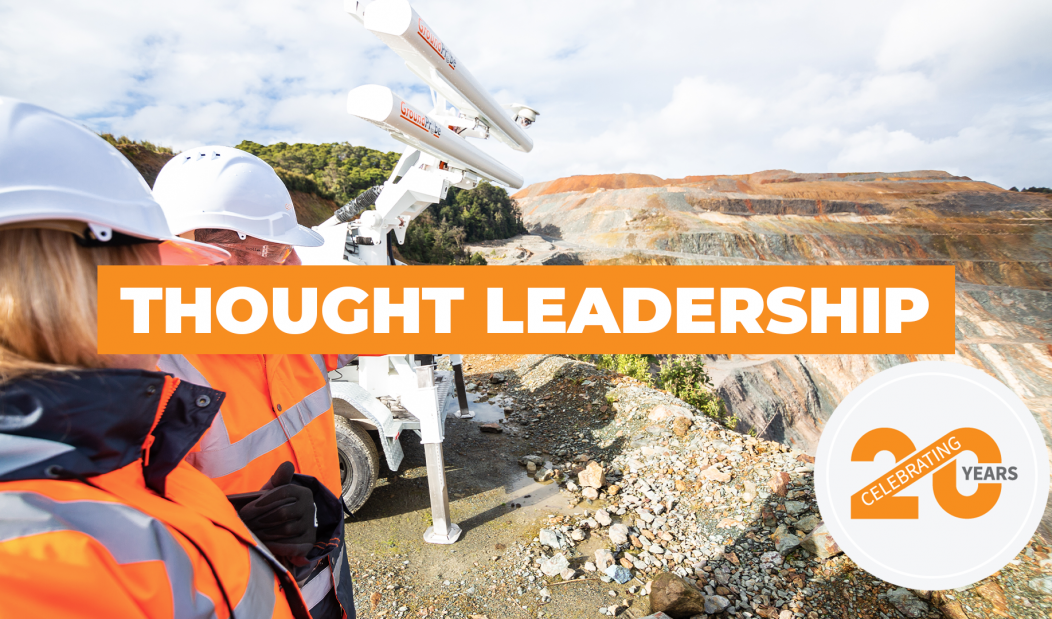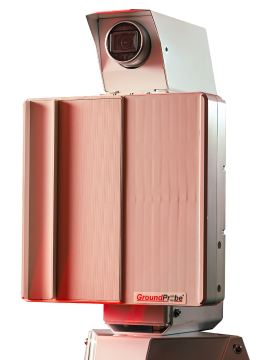The Value of Precision in Slope Stability Radar (SSR) Monitoring

 GroundProbe’s Head of Geotechnical, Peter Saunders
GroundProbe’s Head of Geotechnical, Peter Saunders
What is precision?
In the field of Geotechnical slope stability monitoring, we tend to use the word ‘precision’ a lot.
How precise is the instrument? Do we need it to be so precise? When and why do we need high precision instruments?
Firstly, it’s worth taking a moment to understand the definition of the word itself, specifically in the context of Geotechnical monitoring, and how it differs from ‘repeatability’ and ‘accuracy’.
Precision is the degree of variability between a series of repeated measurements, or the spread of that distribution, the standard deviation. Accuracy is the difference between the measured value and the true value, a measure of the mean of a distribution of measured values.
Precision also depends, somewhat, on the processes applied during data acquisition and the quality of the instrumentation that is used. We can measure distance/range with a tape measure quite accurately but the instrument itself lacks precision and the process of stretching a tape over a distance may make results even less precise.
Repeatability is perhaps a ‘less scientific’ term and can be related to precision. It depends on the environment, data acquisition processes, timing, etc. Conditions during each sample collection must be the same, with measurements generally needing to be taken only a short time apart.
Lasers can measure distance and angles very accurately. Robotic total stations even more so than manually with a theodolite. Lasers must be very precise to detect tiny prisms with such a narrow beam over great distances. Repeatability, however, can be low due to environmental factors and depends on the method of data acquisition (i.e., manual vs. automatic). An example where repeatability affects the final output: attempting to co-register two point clouds generated by a moving laser scanner at different times over the same surface, to measure surface displacement that occurred over the time between scans. Repeatability is low and hence the accuracy of the measurement of the displacement between the two scans is low but the instrument itself is extremely precise and very accurate.
Why do we value precision for slope monitoring?
The short answer is that measuring range or displacement very precisely allows an operational Geotechnical Engineer to identify a trend in the displacement data sooner.
Why do we need it?
Early identification of a change in displacement trend or some increase in the expected rate of creep, may be an indication of future instability. The earliest possible identification of some potential instability should then facilitate a proactive response – perhaps a change in short-term mine planning strategy or mining sequence which would avoid future catastrophic instability and associated production losses.
The more precise the data is, the easier it is to answer the three questions that every radar operator should be asking every day when analysing and interpreting radar or any other displacement measuring instrument data:
Is the slope moving? How fast is it moving? Is it speeding up?
High precision data vs low precision data
Low precision data certainly has its place and is regularly used to measure the rate of deformation over time – it will just take longer. Generally, file size, cost and maintenance requirements are much lower for low precision data and the applications are very different. We can measure, quite accurately, the rate of creep on a pit slope with prism data collected using traditional manual survey methods over many months or even years. In more recent times robotic total stations have allowed for more precise data to be collected, allowing for the identification of trends over shorter time windows. However, repeatability is lower with LiDAR than with slope stability radar due to the higher susceptibility of lasers to atmospheric data contamination. For the early identification of very small changes in velocity over a short time window, phase measurement is more precise and allows for a quicker reaction time due to changing slope conditions where a rapid operational response is required.
Radar in an open pit mine allows Geotechnical Engineers to measure the velocity of a slope surface over a very short time window. This is achievable due to a relatively high sample frequency rate and the very high precision achieved with phase measurement.
Finally, understanding the value and/or the need for precision helps us as operational/geotechnical/mining engineers to select the most appropriate technology for our specific mine monitoring application.




